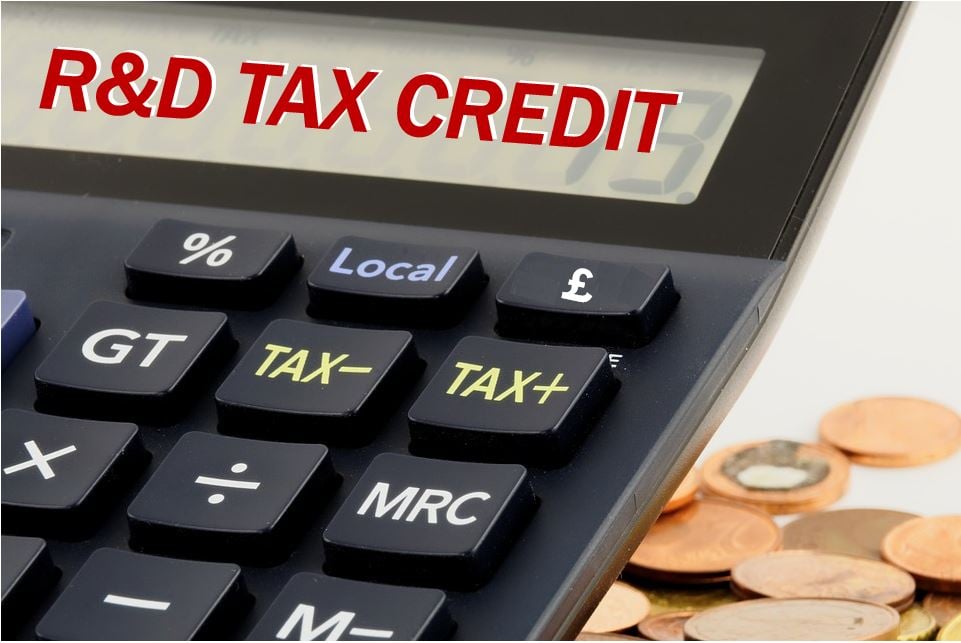There are many small and medium enterprises (SMEs) in the UK which pay their annual corporation tax bill without realising that they may be in a position to lower the amount that is levied by HMRC. One such way is via research and development (R&D) tax relief. The government introduced it with the express aim of supporting companies that innovate. If your enterprise is involved in any innovative projects, then you may qualify for it.
 Essentially, R&D tax credits are a form of tax relief that you can use as a deduction against your corporation tax. Unless you have direct experience of the tax regulations in this area – and few SME owners do – it is best to turn to specialist R&D tax credit consultants to guide you through the process. After all, you don’t want to be caught out with your annual tax return and find that you end up with a full tax investigation, as a result. What can professionals in R&D tax credits do to help?
Essentially, R&D tax credits are a form of tax relief that you can use as a deduction against your corporation tax. Unless you have direct experience of the tax regulations in this area – and few SME owners do – it is best to turn to specialist R&D tax credit consultants to guide you through the process. After all, you don’t want to be caught out with your annual tax return and find that you end up with a full tax investigation, as a result. What can professionals in R&D tax credits do to help?
Establish Whether You Qualify
Lots of SMEs do innovative work and you may even have a dedicated R&D department which is developing some of your ideas. However, this does not mean that you will automatically qualify for R&D tax relief.
Firstly, any research work that you conduct will only be covered under the scheme if it is in the field of either science or technology. Of course, what sort of research constitutes scientific work and which technological developments count requires an in-depth knowledge of the rules unless it is immediately obvious. In this regard, R&D tax credit advisors can be extremely helpful.
Know When You Can Claim
In order to claim for R&D tax relief, your SME cannot have general expenditure on generic research. The government wants to leverage the tax system to encourage innovation in particular fields so you can claim according to each of your research projects. Importantly, it does not matter whether your research work came to anything.
If you have spent your company’s hard-earned income on a technological project which has yet to generate any income, then you can still claim. Indeed, even if the project has been closed down as a non-starter, then it is still possible to take advantage of these tax credits. You just have to know how to navigate your way through the documentation.
Industry-Focussed Research
If you spend money on research for improving your own particular processes and procedures, then it is highly unlikely that your R&D tax credit application will be successful. In order to qualify, your development work must have the potential, at least, to be a game-changer within your sector as a whole. So, for example, if you use a bespoke piece of equipment in a particular assembly or manufacturing process and devote R&D time to making a superior version, then this is only likely to be of benefit to your business.
Projects like these tend to be turned down for R&D tax relief. On the other hand, if you can successfully argue that the project could be used in other manufacturing situations, then it is more likely to be looked upon favourably. Bear in mind that even if a rival company has been working on a similar development that you can still claim. Their work cannot already be widely available, however.
Looking for high-quality R&D tax credit consultants? If so, then try out Salient Accounting.
_____________________________________________
Interesting related article: “What is Tax?”

